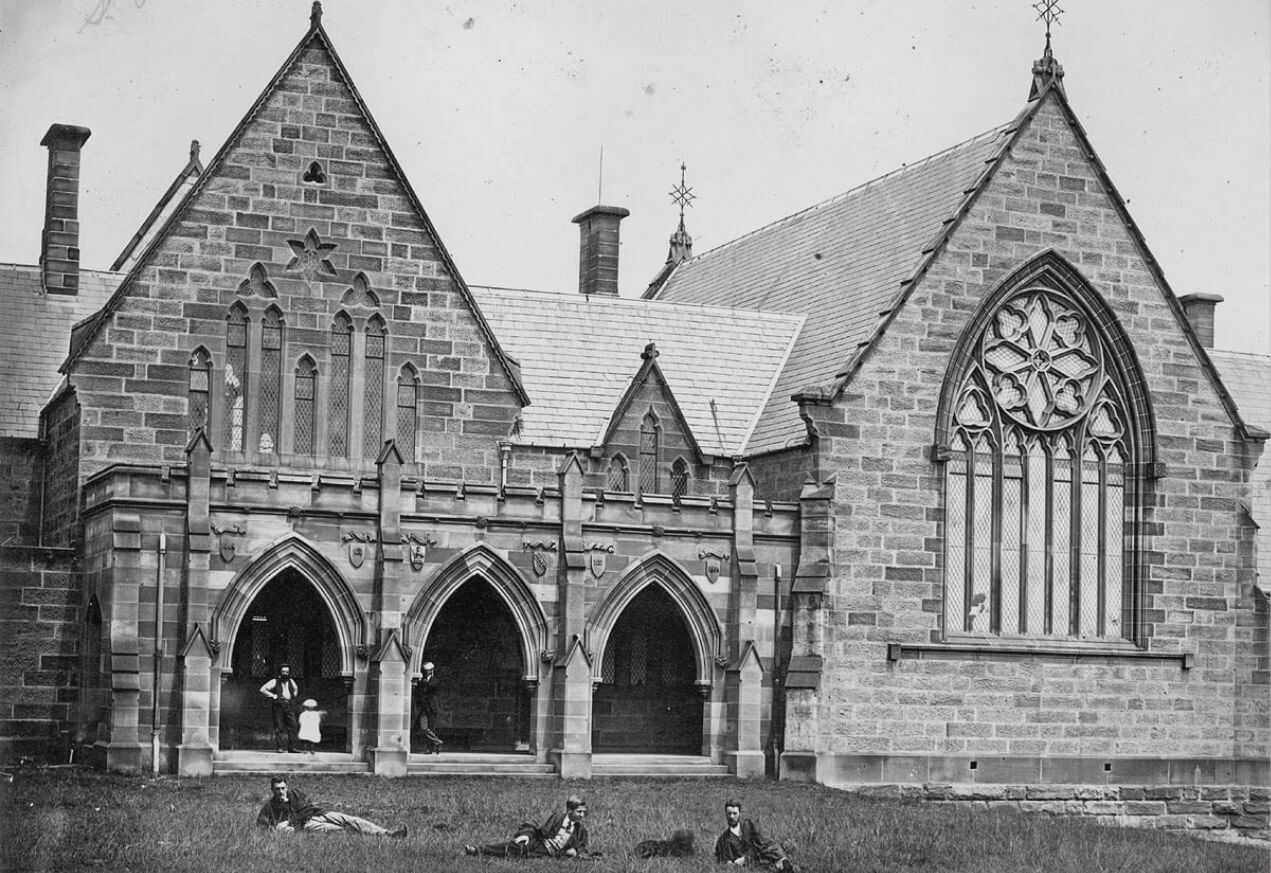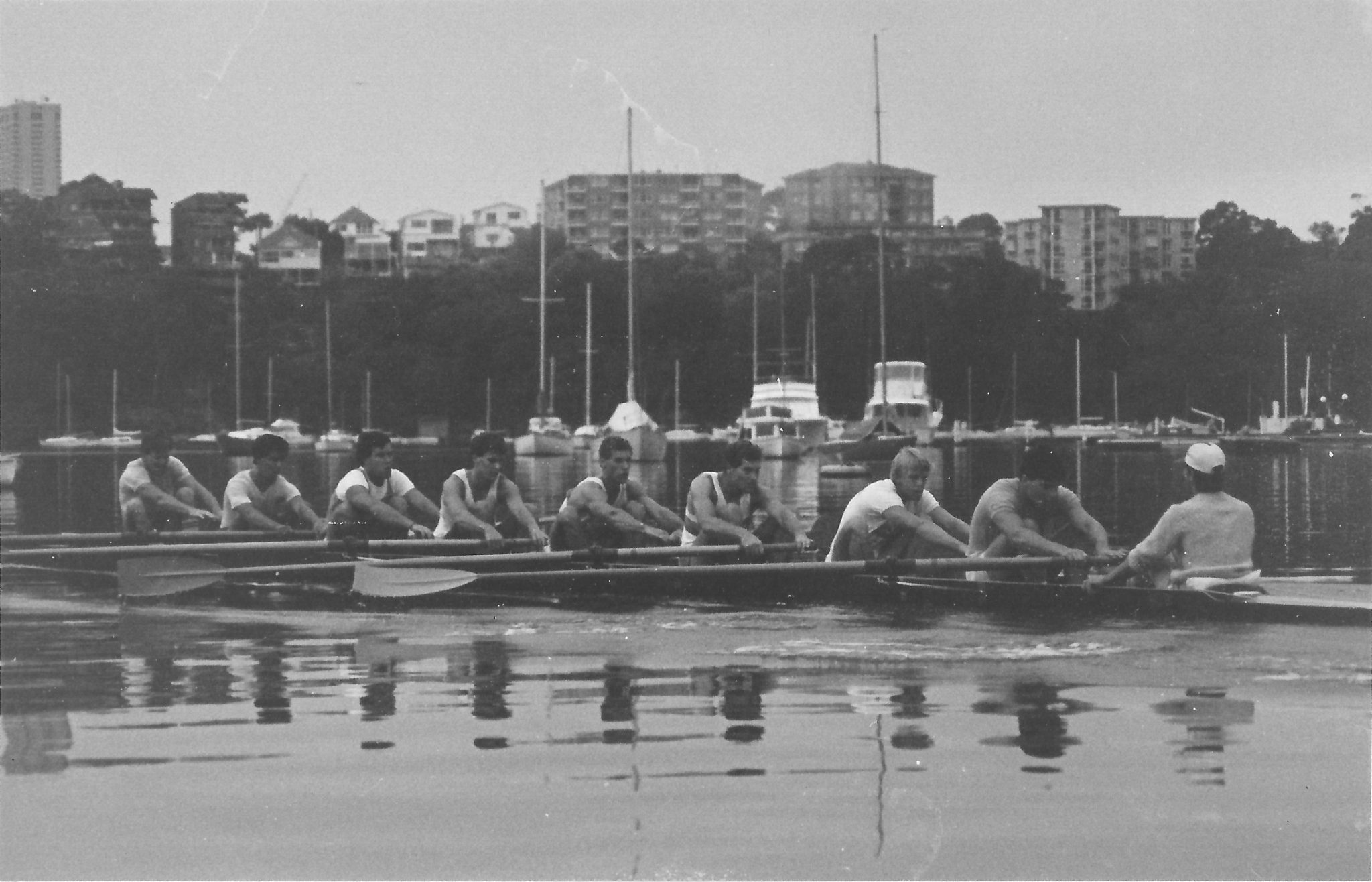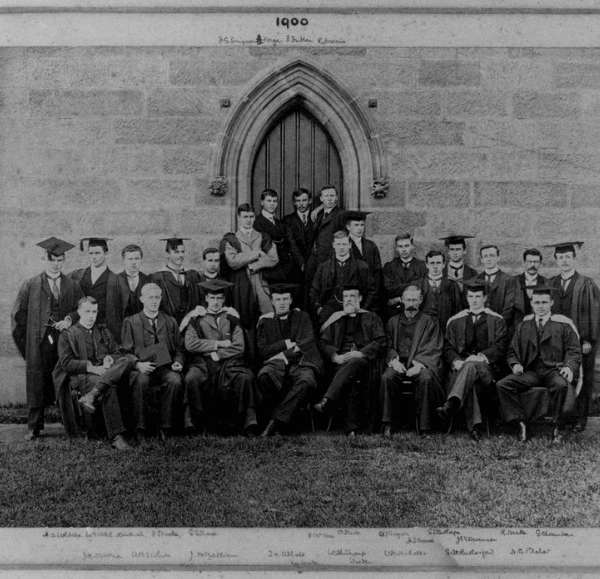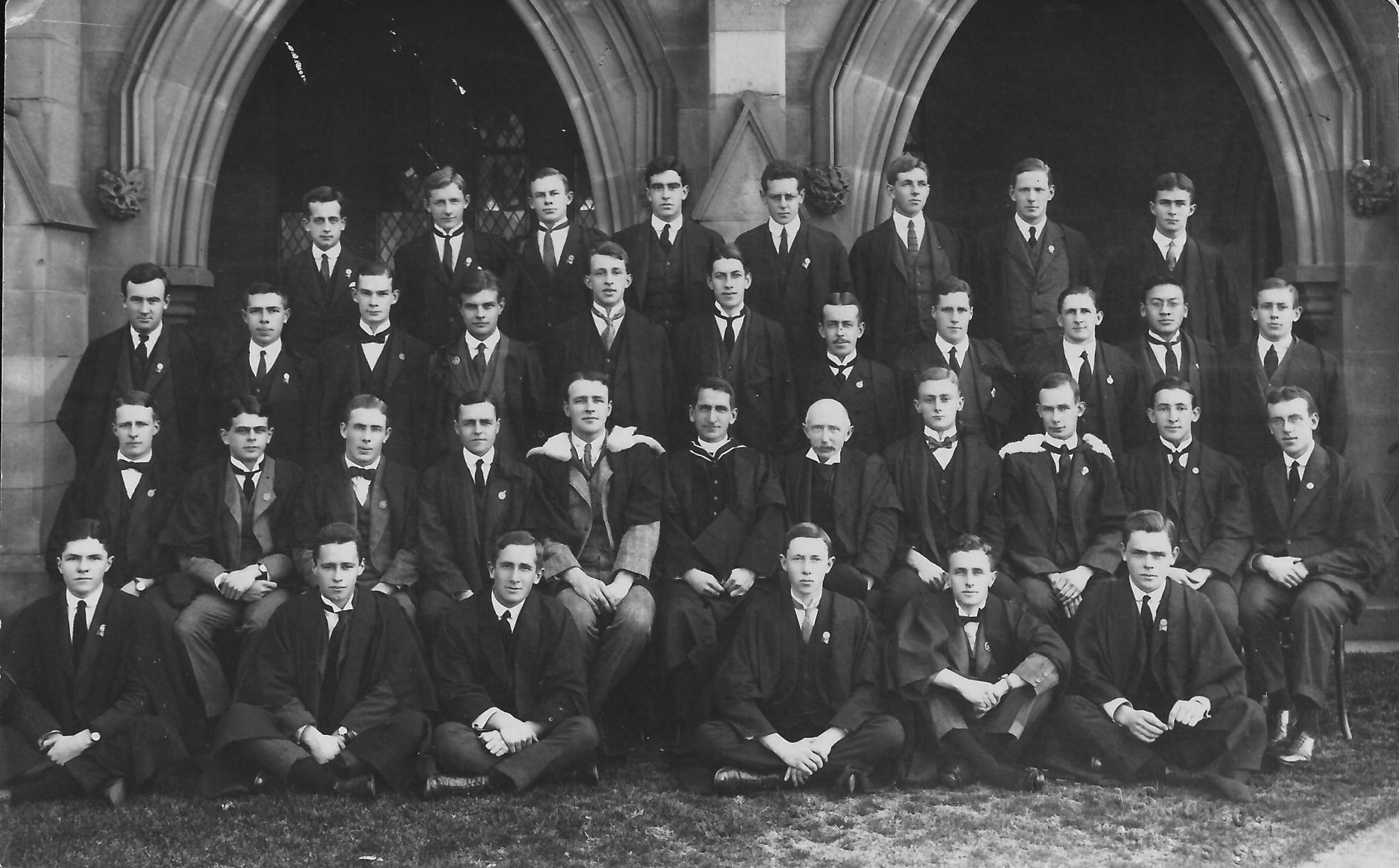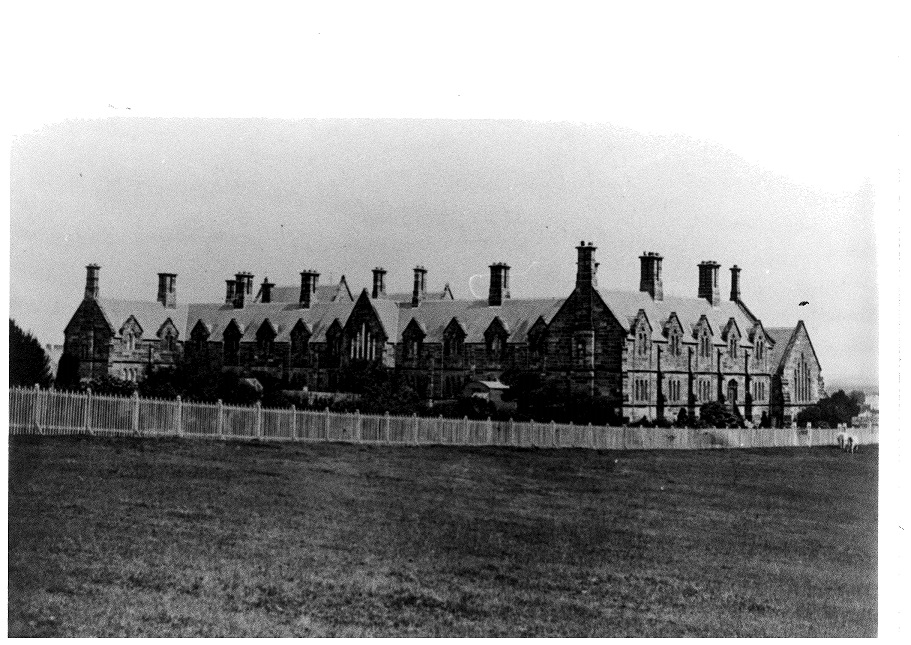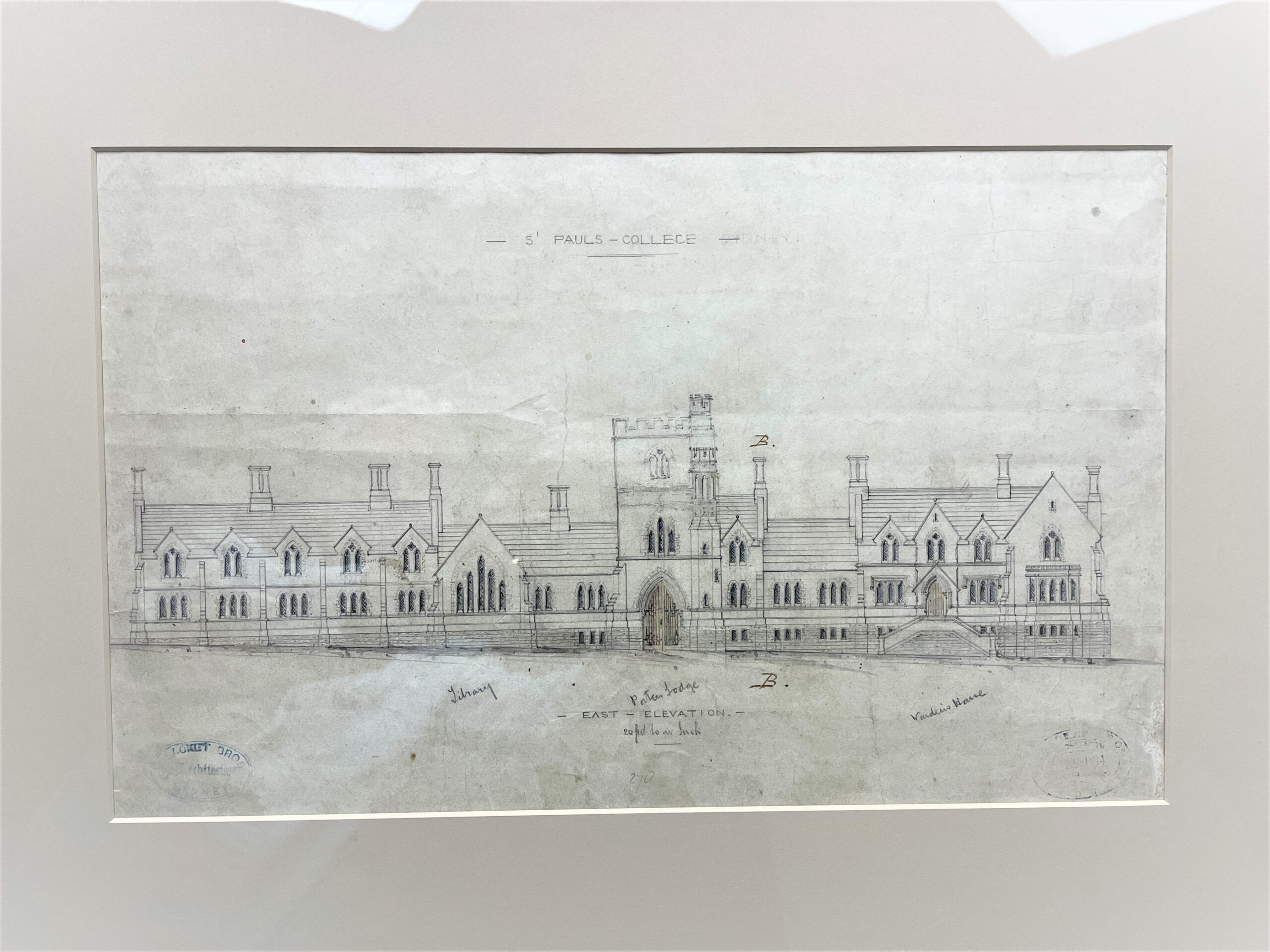
1857-9
St Paul’s College was built
Edmund Blacket, architect of the original building of the University, designs and oversees the construction of the first buildings; well for water, candles and lamps for light; Wardens: 1856-62 Rev’d Henry Hose, 1862-65 Rev’d William Savigny
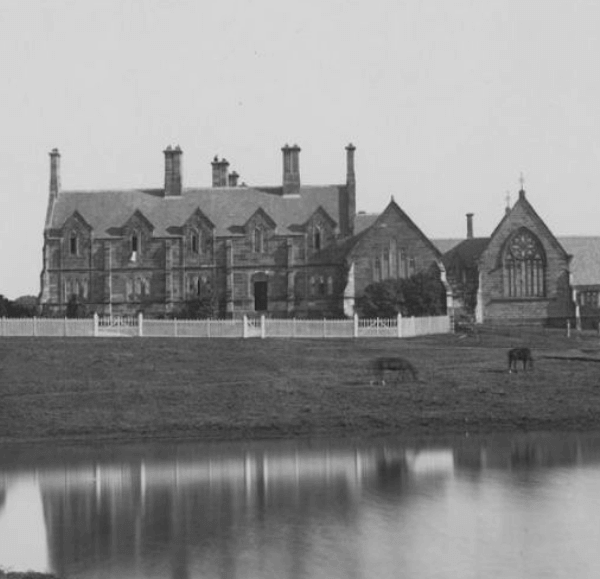
1870s and 1880s
College full
University expansion; St Paul’s fills, and leads the University in organised sport and debating; water closets, horses and cattle grazing; Wardens: 1965-78 Rev’d William Scott, 1878-1908 Rev’d William Sharp
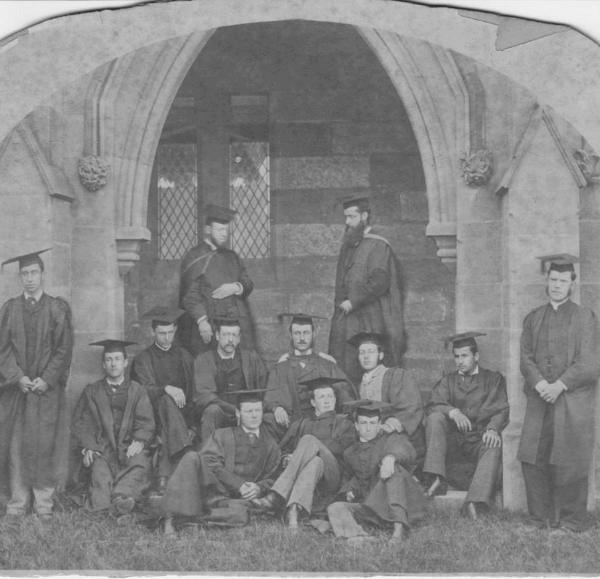
1890s to 1910s
Student leadership
13 men went to the Boer War serving in Australian and other units; elected student leadership begins; World War One deeply affects Paulines, of the 170 enlisted, 20 die in battle; Wardens: 1909-15 Rev’d Lewis Radford, 1916-44 Rev’d Arthur Garnsey
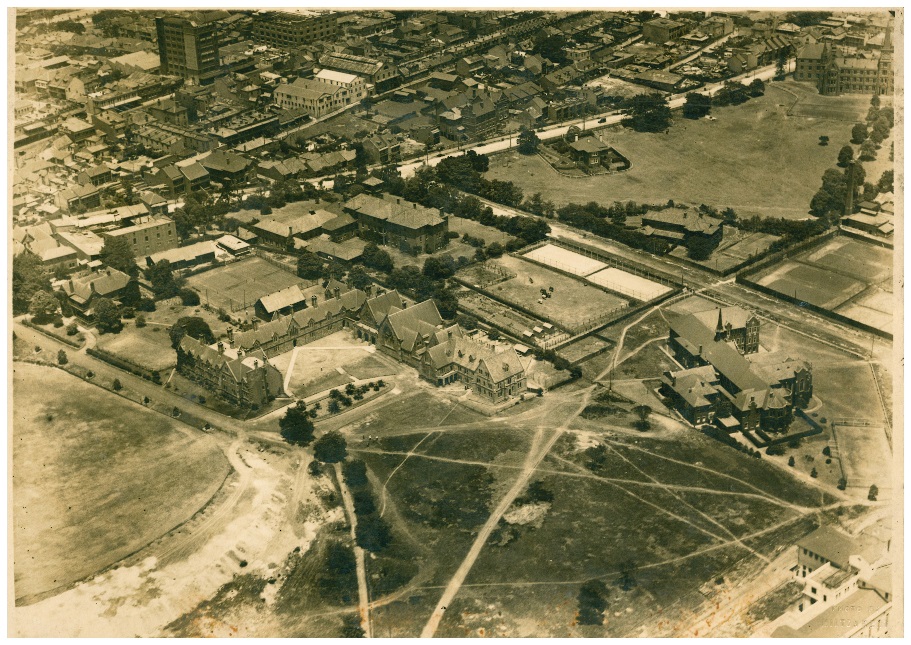
1921-48
New wings
New wings, Garnsey and Dennison, built; electric light, 288 more Paulines went off to War, 25 died; a number of students’ ideas were forged and they became political leaders;
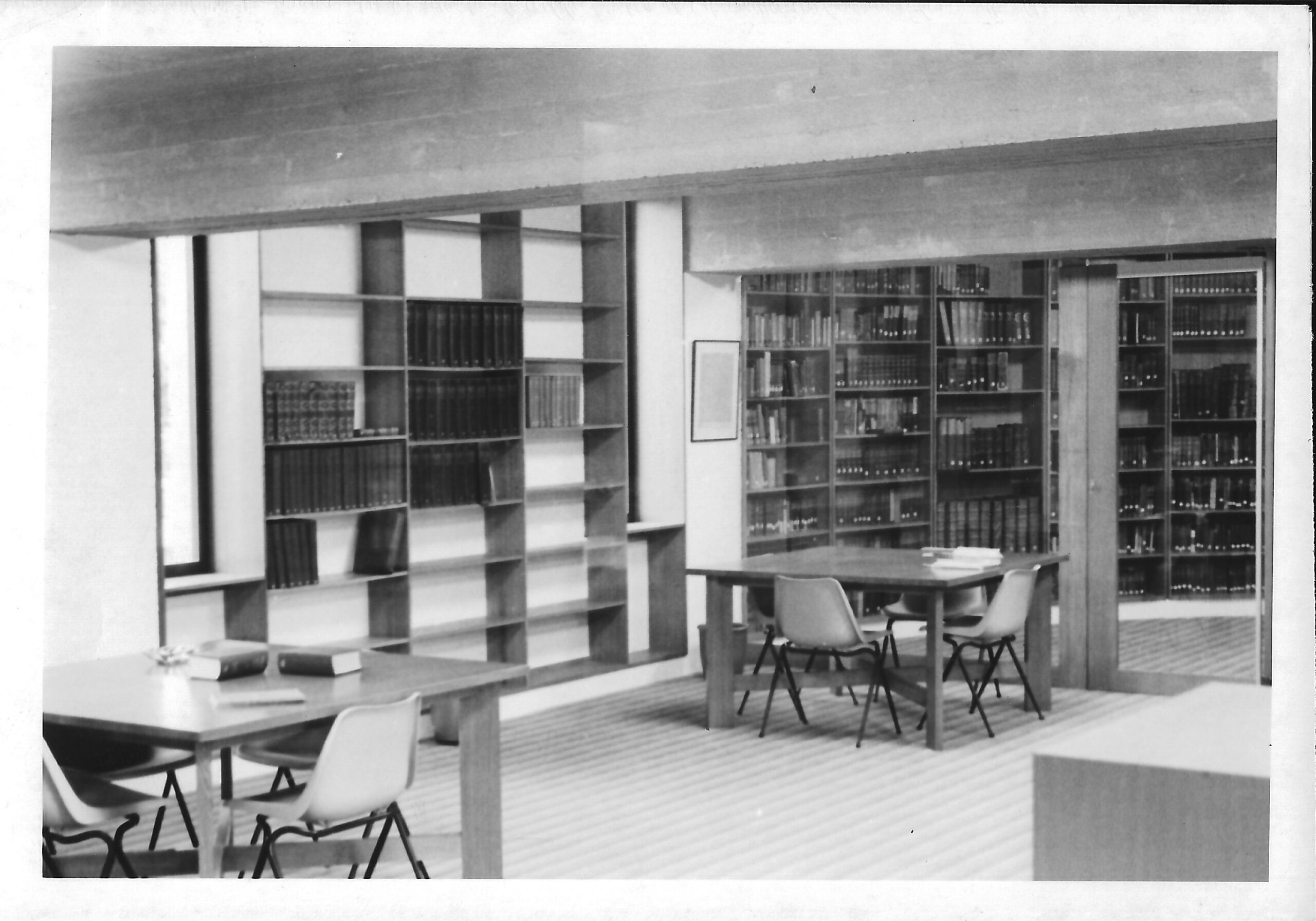
1950s and 1960s
Expansion of the College
Vastly bigger University; building of Chapel Court and Arnott Wing (1959-62), Tower Block and Mansfield (1964-68); expansion of College numbers; Warden: 1946-63 Rev’d Dr Felix Arnott
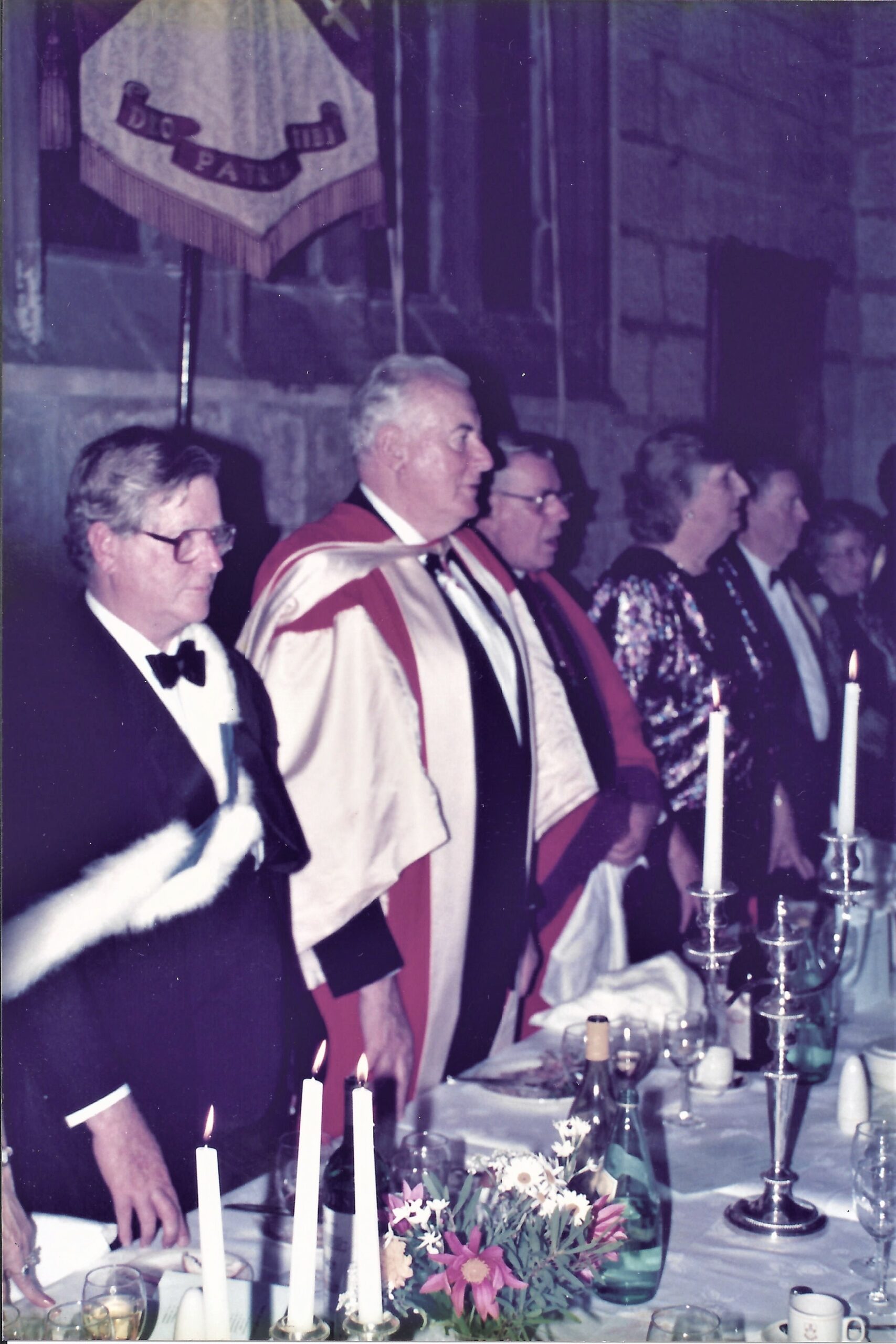
1970s
Two Paulines
Two Paulines emerge as Australian Prime Ministers (Sir William McMahon, PM 1971-72, Liberal, followed by Gough Whitlam, PM 1972-75 ALP); St Paul’s College Foundation established in 1977 for the benefit of future students; Warden: 1963-85 Rev’d Peter Bennie
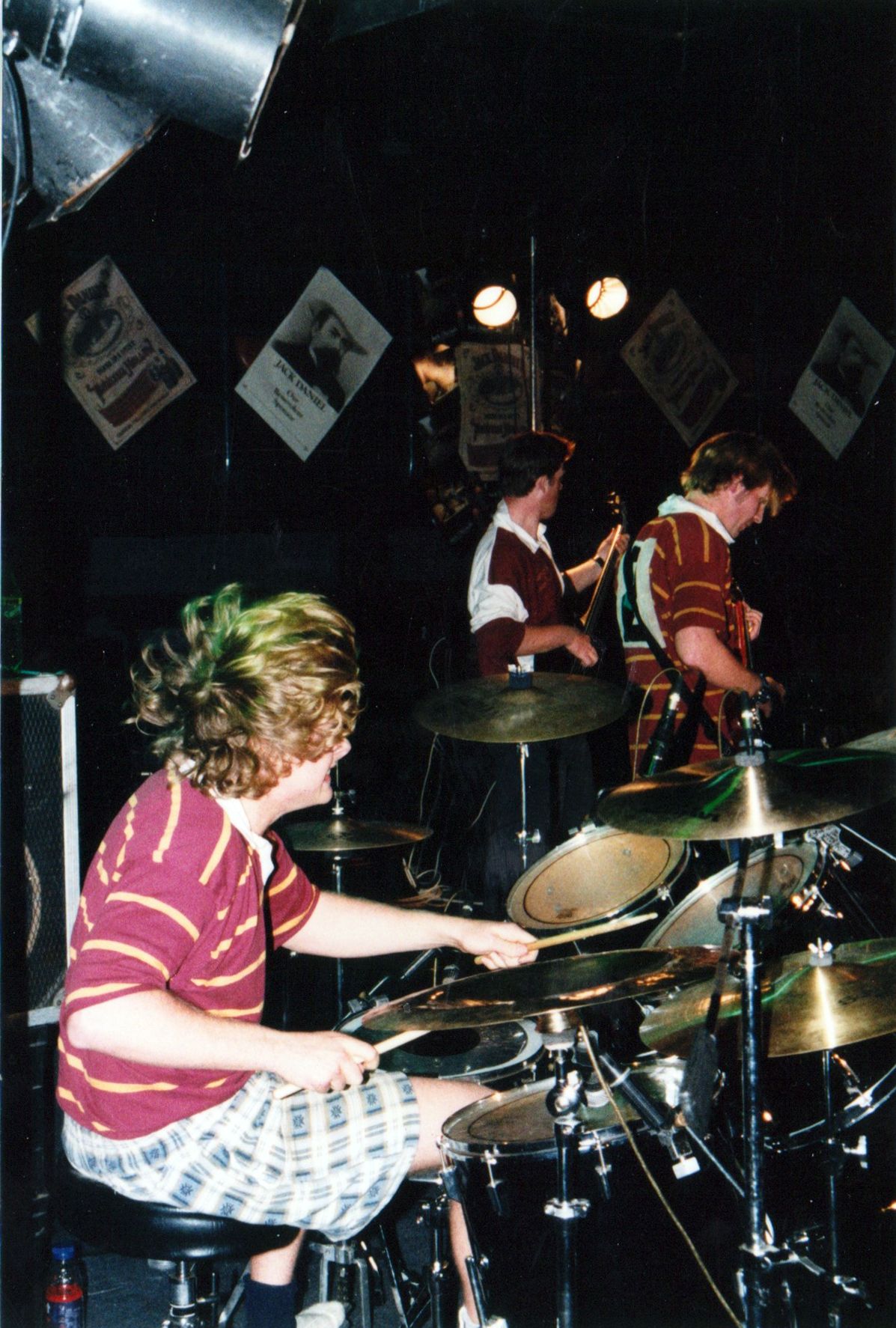
1980s to 2010s
Albert Wing
University critical of colleges, reforming spirit of Paul’s leadership; Albert Wing built 1999 and College now provides 208 rooms; music emerges incubating popular bands; Wardens: 1985-1994 Rev’d Dr Max Thomas, 1995-2017 Rev’d Dr Ivan Head
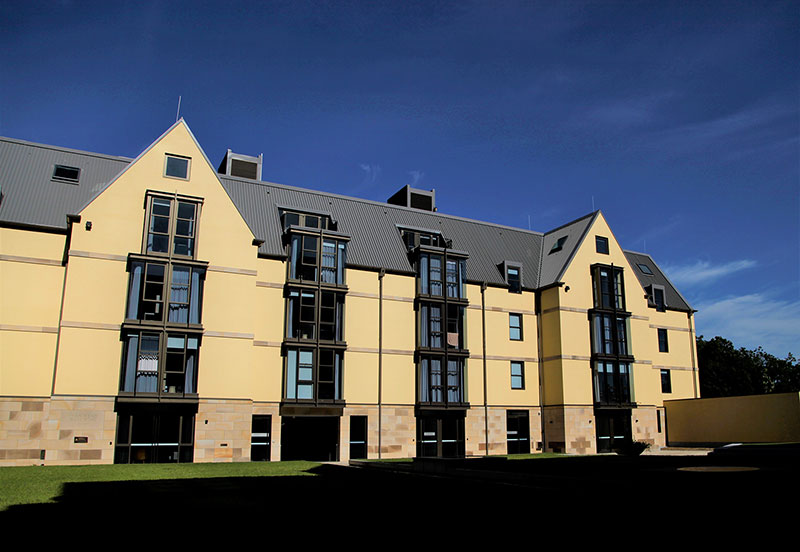
2018
The Ivan Head and McMillan Building
The Ivan Head and McMillan Buildings were completed in 2018, College grows to over 430 rooms; the new St Paul’s College Act is given Royal Assent
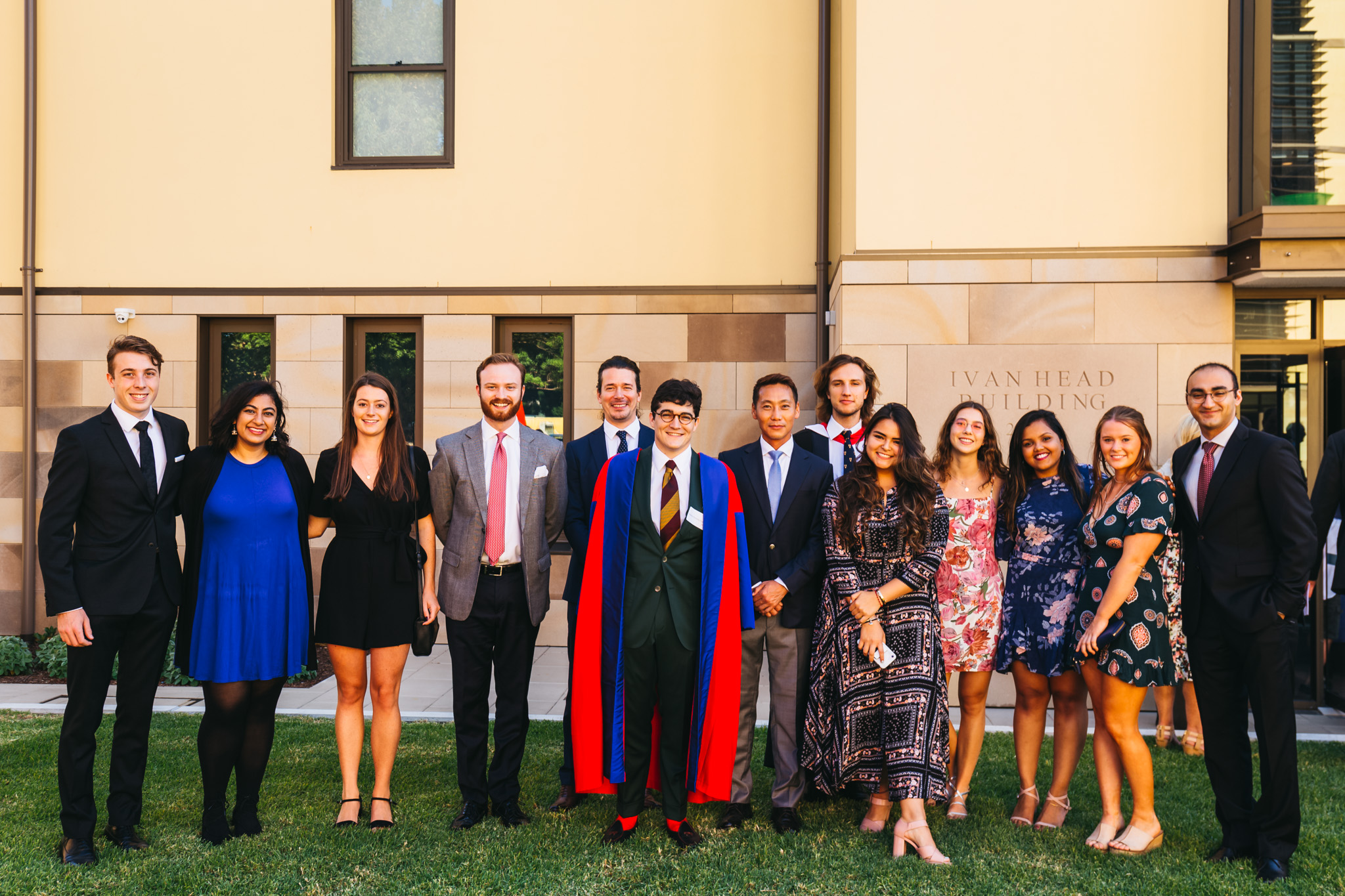
2019-present
Women Paulines
The first women Paulines enter College as members of Graduate House. First Undergraduate Women admitted in 2023.











